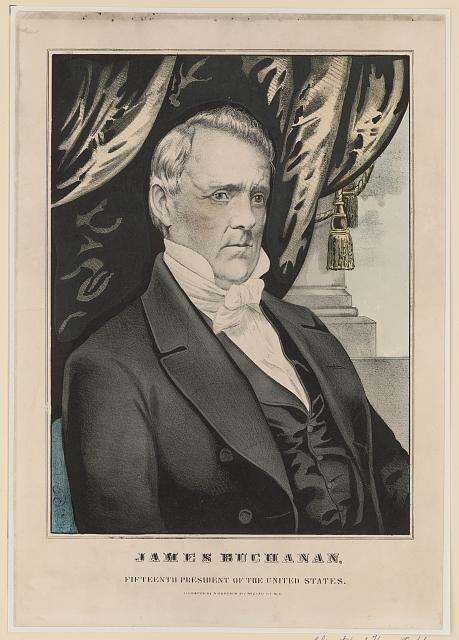The lead-up to the American Civil War was a tumultuous period in American history, marked by political divisions and mounting tensions between the North and South. During this critical time, James Buchanan served as the 15th President of the United States. Although often criticized for his handling of the growing crisis, understanding the key facts and analyzing Buchanan’s role can provide valuable insights into the factors that contributed to the outbreak of the Civil War.
Historical Context:
To truly grasp Buchanan’s role, it is essential to examine the historical context in which he assumed the presidency in 1857. The nation was deeply divided over issues such as slavery, states’ rights, and the expansion of territories. Buchanan inherited a volatile situation that had been exacerbated by the controversial Kansas-Nebraska Act and the Supreme Court’s Dred Scott decision.
The Dred Scott Decision:
One of the most significant events during Buchanan’s presidency was the Supreme Court’s ruling in the Dred Scott case. The decision, which declared that African Americans were not citizens and could not sue in federal court, fueled the flames of sectional tensions. While Buchanan did not directly influence the Court’s decision, his public support of the ruling further widened the divide between the North and South.
Bleeding Kansas:
Another critical factor during Buchanan’s presidency was the violent conflict in Kansas, known as “Bleeding Kansas.” The territory’s struggle over whether it would enter the Union as a free or slave state intensified as pro-slavery and anti-slavery forces clashed. Buchanan’s handling of the crisis, particularly his support for the pro-slavery Lecompton Constitution, tarnished his reputation and fueled antislavery sentiments in the North.
The Lecompton Constitution:
The Lecompton Constitution presented a defining moment for Buchanan’s presidency. Although claiming to support popular sovereignty, Buchanan threw his weight behind the pro-slavery constitution, despite allegations of fraud and coercion during the voting process. This decision further solidified Northern opposition to his administration and reinforced the perception that he favored Southern interests.
Inaction and Weak Leadership:
Critics argue that Buchanan’s failure to take decisive action to address the growing tensions between North and South ultimately contributed to the outbreak of the Civil War. Many expected him to assert federal authority, prevent secession, and seek a peaceful resolution. Instead, Buchanan maintained a more passive approach, believing that secession was unconstitutional but that the federal government had no power to stop it.
The Secession Crisis:
As Southern states began to secede, Buchanan’s response was marred by indecision and a limited understanding of the severity of the crisis. While he publicly claimed that secession was illegal, he also maintained that the federal government had no authority to forcibly prevent it. This lack of leadership and inability to grasp the gravity of the situation further eroded confidence in his administration.
James Buchanan’s presidency was marked by numerous challenges and controversies that played a pivotal role in the lead-up to the Civil War. While he faced an incredibly divided nation and inherited complex issues, Buchanan’s inaction and weak leadership have been widely criticized. His support for the Dred Scott decision, handling of Bleeding Kansas, and endorsement of the Lecompton Constitution all contributed to the deepening divide between the North and South. Ultimately, understanding Buchanan’s role provides valuable lessons about the importance of strong leadership and decisive action during times of crisis.
